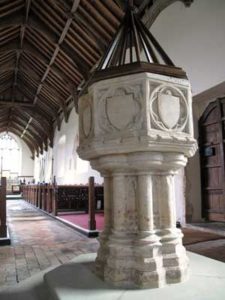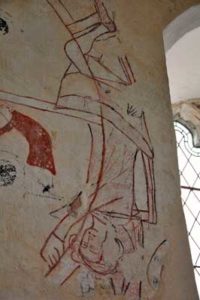Ilketshall St Andrew




























































































































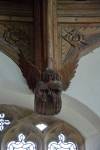
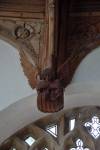






































Ilketshall St Andrew Church
Where to find this church
Church Information
St Andrews church is located in Ilketshall St Andrew, a village in Suffolk about 4 miles south-east of Bungay.
This church is usually open to visitors
* denotes external links that open in a new window
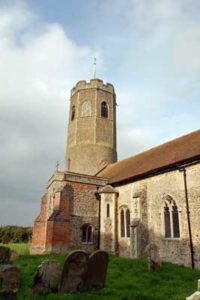
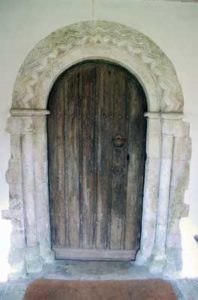
Visiting Ilketshall St Andrew
There are a collection of four Ilketshall Villages round here, named after their churches, and two of them have round towers. St Andrew’s is one of them. The tower dates from the 14th century, and has two octagonal stages, though internally it is circular to the top. It was added to an earlier nave. All the tower flint work incorporates red brick, though the belfry stage has a higher proportion of brick. There are also brick-framed put-log holes (for the horizontal scaffolding poles). The four belfry openings have lost their tracery, but the alternate sides have flushwork dummy windows with 14th century tracery. The parapet also includes flushwork patterns. There is a blocked stone doorway of the 12th century in the north nave wall. The present chancel was added in the 14th century. The porch is largely made of red brick, around 1500, and then raised higher in flints. It has two slit windows and a central niche above its Tudor-arched entrance. It protects a 12th century doorway with chevron patterns.
The staggering thing about this Church is the survival of extensive wall paintings. These were only discovered in 2001, and much more was revealed during conservation work in 2005. The north wall has a representation of a church building, painted about 1165, believed to be part of the original decoration of this Church. Under its east arch is an altar and chalice. On the south nave wall is a Wheel of Fortune from about 1320, portraying Fate in control of Destiny, though later manuscripts show God in the centre. To the left is a man on his way up in life, at the top is a seated king stating REG NO (I reign) and to the right a falling man on his way down! Around this are traces of a Doom painting. Only one other such painting survives, in Rochester Cathedral. To the east are more figures, done by an amateur hand, but with the same buckets of paint. Here is a female with a crown and wimple, with a blue robe over a dark red tunic. It is most unusual for traces of paint to survive! What is normally seen is just traces of colour that have seeped into the plaster. Also to note: 14th century pointed tower arch, 15th century font, 16th century pew back, painted shields within the garter motto, for Thomas Howard †1646, angels in the chancel roof, the east four being 17th century, others 19th century copies.
Conclusion: village church in a rural setting with fantastic wall paintings
